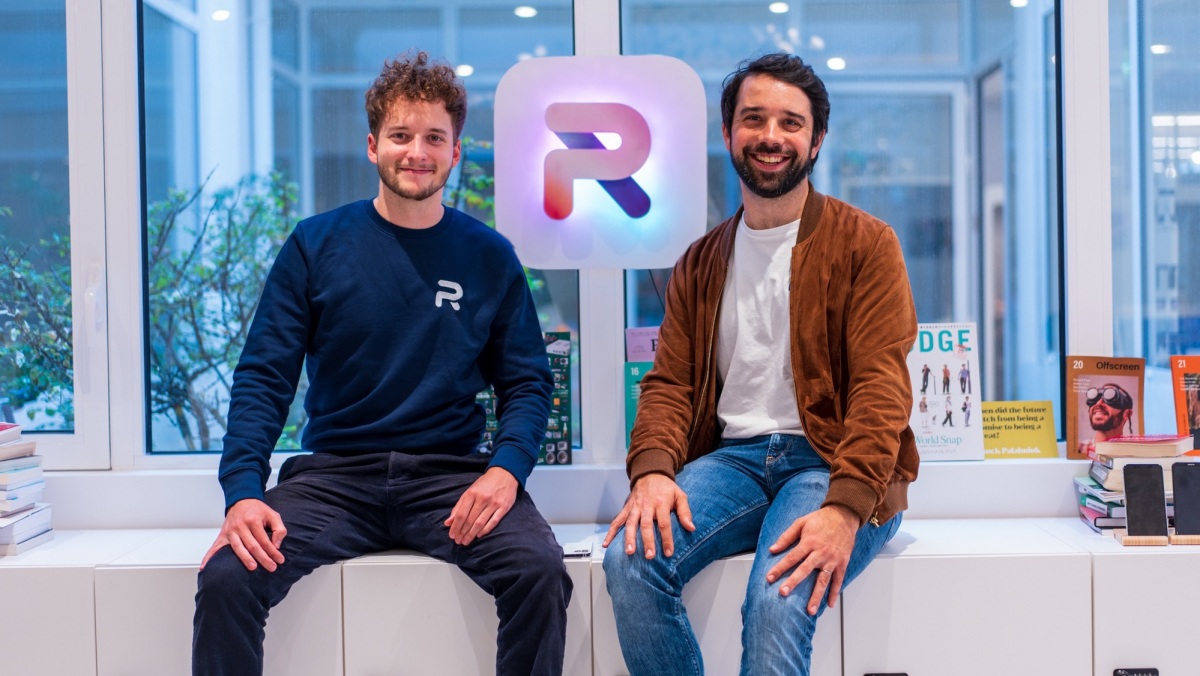Foxconn invests another $170M into EV SPAC Lordstown Motors • ZebethMedia
Taiwanese manufacturer Foxconn is increasing its investment in EV startup Lordstown Motors by buying $170 million in common stock and newly created preferred shares. Once the deal is complete, Foxconn will hold all of Lordstown’s outstanding preferred stock and 18.3% of its common stock on a pro forma basis. Foxconn will also have the right to two board seats, the companies said Monday. The additional investment comes a year after the electric light-duty truck manufacturer sold its 6.2-million-square-foot Lordstown, Ohio, factory to Foxconn. As part of that $230 million deal, which included a direct investment of $50 million, Foxconn agreed to help Lordstown Motors manufacture its Endurance pickup truck. Production of the electric pickup truck began in September 2022. This latest deal, specifically the $100 million direct preferred stock investment, replaces the joint venture funding announced last year by Foxconn and Lordstown Motors. The investment will occur in tranches and is subject to a review by the Committee on Foreign Investment in the United States. An initial closing is expected to be held later this month. Foxconn will purchase about 12.9 million shares of common stock at a purchase price of $1.76 per share, resulting in total proceeds of $22.7 million. Foxconn will also buy 300,000 shares of preferred stock at $100 per share, resulting in total proceeds of $30 million. The remaining shares of preferred stock will be purchased by Foxconn as Lordstown Motors achieves based certain milestones. After receiving approval from CFIUS, Foxconn will buy an additional 26.9 million shares of common stock at a purchase price of $1.76 per share, resulting in total proceeds of about $47.3 million. “Since announcing our first transaction with Foxconn more than a year ago, it has been our objective to develop a broad strategic partnership that leverages the capabilities of both companies. Foxconn’s latest investment is another step in that direction,” Lordstown Motors Executive Chairman Daniel Ninivaggi said in a statement. The companies said the fresh injection of capital will be used to fund development and design activities for a new electric vehicle program in collaboration with Foxconn, a manufacturing company best known for making Apple’s iPhone. Lordstown Motors is one of several companies that went public over the past two years by merging with a special purpose acquisition company DiamondPeak Holdings Corp., with a market value of $1.6 billion. The company struggled almost from the get-go, its demise fueled by a damning report by short-seller firm Hindenburg Research that accused the EV SPAC of misleading investors on both its demand and production capabilities. Hindenburg disputed that the company booked 100,000 pre-orders for its electric pickup truck, a stat shared by Lordstown Motors in January 2021. The company later cut its forecast and CEO Steve Burns and CFO Julio Rodriguez resigned, just a few weeks after was reassuring investors of the company’s bright future. The missteps continued and the U.S. Securities and Exchange Commission and the Department of Justice opened investigations into the EV startup. Even after receiving a $400 million lifeline in from a hedge fund managed by investment firm Yorkville Advisors, Lordstown had its struggles, including losing GM as an investor. Its deal with Foxconn has been its best chance at survival even as supply chain issues limit production of its EV pickup.









